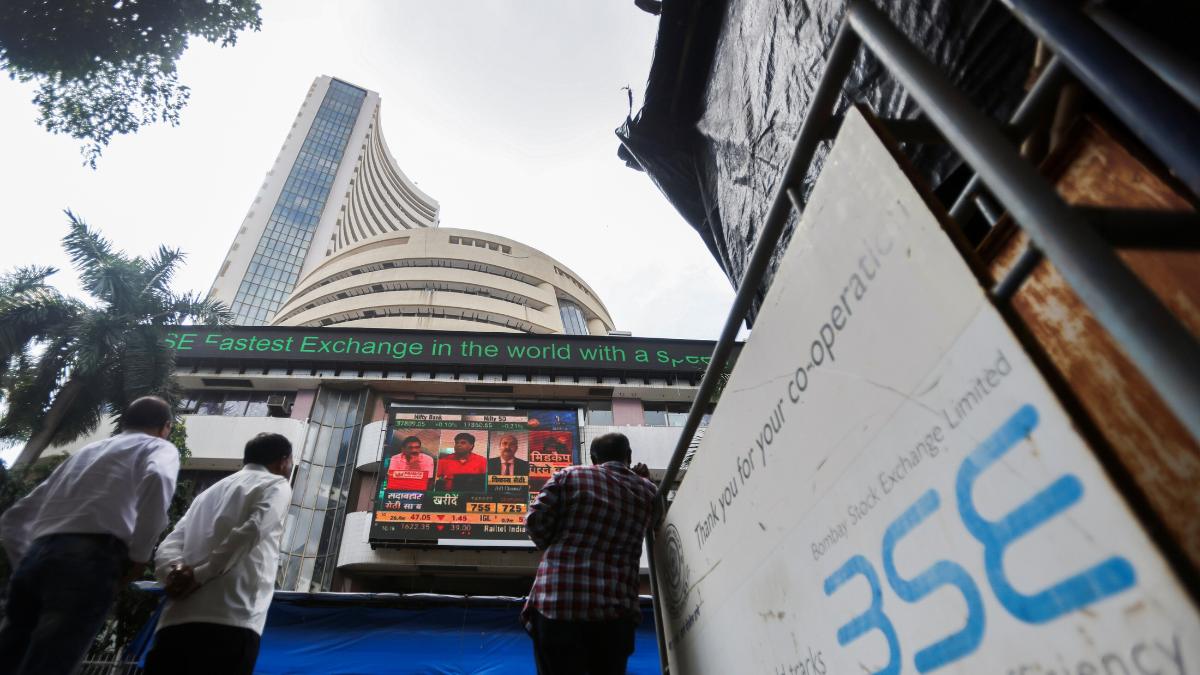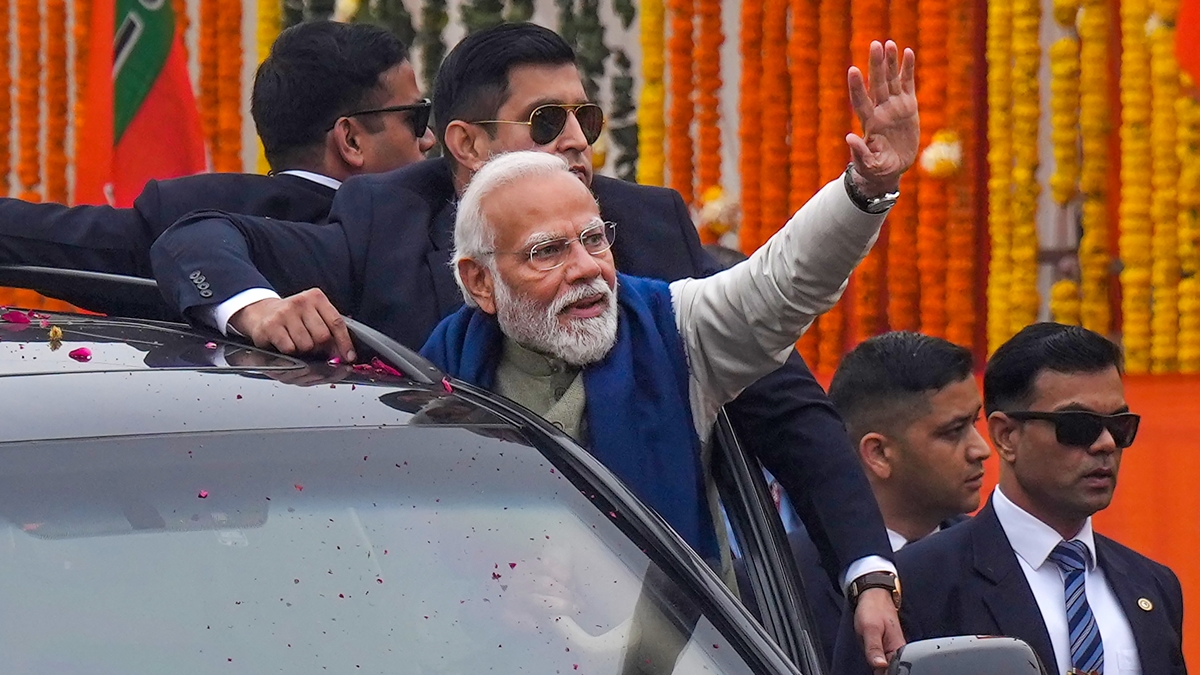Investor participation in Indian markets turned shaky in October amid high stock market volatility resulting in lower volumes and a decline in cash and F&O turnover for the first time this fiscal year.The combined average daily turnover for BSE and NSE cash market fell 19.2% to Rs 72,512 crore – the largest decline since October 2022. On a monthly basis, this is the first decline this fiscal year. Total NSE and BSE cash market turnover had fallen 2.15% in March 2023. The average daily turnover for the futures and options market fell 2.77% in October to Rs 347 trillion. The last time it declined 5.65% in October 2022.
“The geopolitical conflict in the Middle East, which led to higher crude prices along with all-time high U.S. yields, coupled with high U.S. mortgage rates led to a lot of outflows from foreign institutional investors,” said Sharmila Joshi, independent market advisor and owner of Sharmilajoshi.com. What compounded the problem, explained Joshi, was that there was some sell-off from retail investors as well.
Independent market expert Neeraj Dewan, while pegging the market volatility as the major reason for this decline, furthermore added that, steps taken by the capital markets regulator Sebi to crackdown on unregistered market entities guiding people on trading may have also resulted in lower market volumes in October.
The markets are awaiting some clarification on the geopolitical tensions, high U.S. interest rates among other events after which the volumes will gradually improve, he added. However, this kind of volatility in volumes will keep continuing till next year due to domestic elections as well, added Dewan.
Indian benchmarks have declined in October owing to these uncertainties. Sensex and Nifty 50 were down 2.97% and 2.84%, respectively. Meanwhile, in FY24, Sensex and Nifty 50 gave returns of 8.28% and 9.91%, respectively and 5.15% and 5.93%, respectively in last one year.




